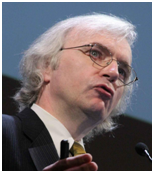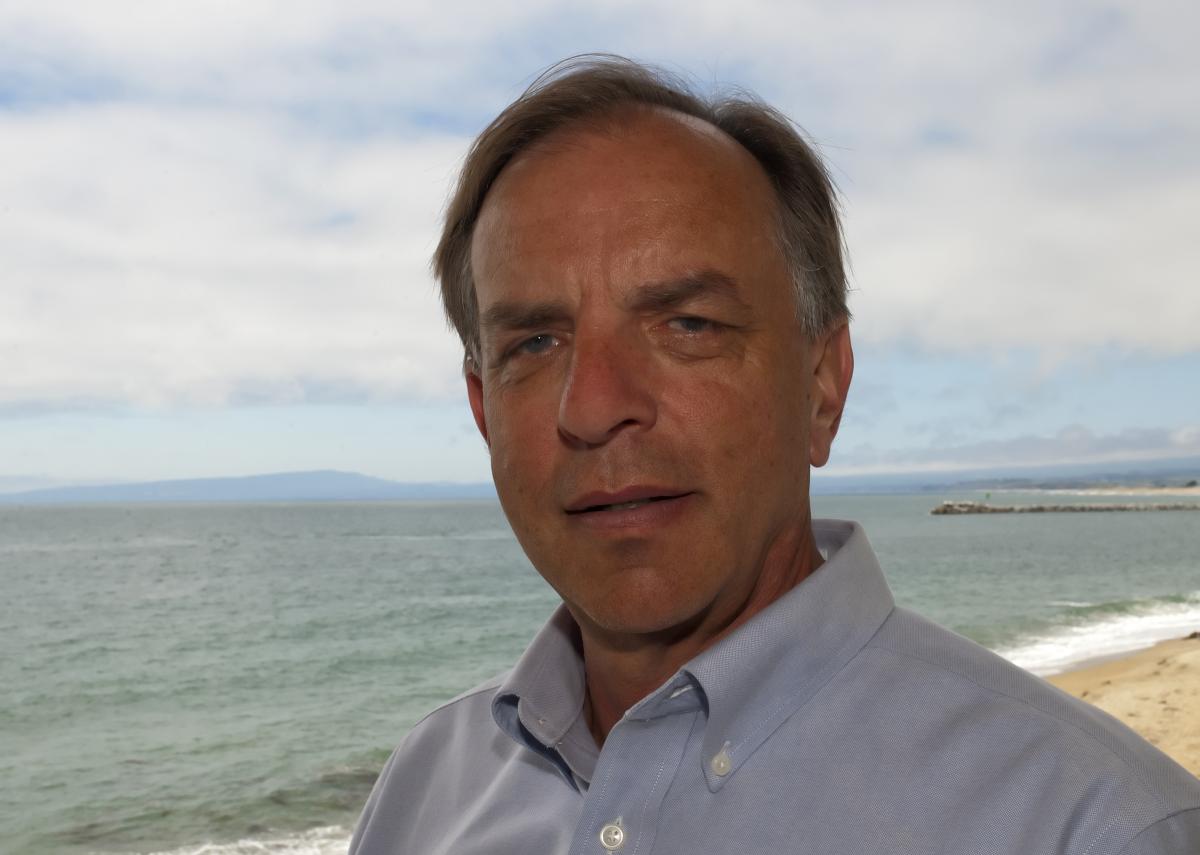Keynote Speakers
Monday, November 4th - Professor Masayoshi Esashi

"Integrated MEMS by Adhesive Bonding"
Professor Masayoshi Esashi received the B.E. degree in electronic engineering in 1971 and the Doctor of Engineering degree in 1976 at Tohoku University. He served as a research associate from 1976 and an associate professor from 1981 at the Department of Electronic Engineering, Tohoku University. Since 1990 he has been a professor and he is now in The World Premier International Research Center Advanced Institute for Materials Research (WPI-AIMR) and concurrently in Micro System Integration Center (μSIC) (director) in Tohoku University. He was a President of Sensor-Micromachine Society in Institute of Electrical Engineers in Japan (2002-2003), a President of Japan Society of Next Generation Sensor Technology (2010~), and a Chairman of MEMS Park Consortium in Sendai (2004). He served as a general co-chairman of the 4th IEEE Micro Electro Mechanical Workshop in 1991 held in Nara, Japan, a general chairman of the 10th International Conference on Solid-State Sensors and Actuators (Transducers 99) in 1999 held in Sendai, Japan and also as the Technical Program Chairman of IEEE Sensors 2006 held in Daegu, Korea. He has been studying microsensors and integrated microsystems.
Tuesday, November 5th - Professor Robert Puers

"Implantable chips and sensors: quo vadis?"
Robert (Bob) Puers recieved his Ph.D. in 1986 at the Katholieke Universiteit te Leuven. He is a European pioneer in the research on micromachining, MEMS and packaging techniques, mainly for biomedical implantable systems. To this purpose, he installed a dedicated clean room for sensor and electronic packaging technology, that now runs for more than 25 years under his guidance. In 2014, a new research facility will house his research team. Recently, microfluidic and optical MEMS based on polymers have been added to the backbone of his sensor research. Besides MEMS, his work also focuses on low power systems, smart interfaces, inductive power and wireless communication. Devices developed range from bladder pressure and eye pressure monitoring, over instrumented orthopedic implants, to implanted pumps for assisted blood perfusion. One spinout of this research team are the design guidelines to improve the efficiency of power induction (with coil systems), that have been bundled in two books. He took major efforts to increase the impact of MEMS and Microsystems in both the international research community as well as in industry. He helped to launch three spin-off companies, ICSense, Zenso and MinDCet. Dr. Puers is also an IEEE and IoP fellow.
Wednesday, November 6th - Dr. Kenneth S. Johnson

“BioArgo: a global scale chemical sensor network to observe carbon, oxygen, and nitrogen cycles in the ocean”
Kenneth S. Johnson is a Senior Scientist at the Monterey Bay Aquarium Research Institute. He received his B.S. in Chemistry and Oceanography from the University of Washington and his Ph.D. in Oceanography from Oregon State University. His research interests are focused on the development of chemical sensors that can be deployed in large scale, wireless sensor networks and application of these tools to studies of chemical cycling throughout the ocean. His lab group has developed sensors for a variety of seawater nutrients, pH and field portable, analytical systems for trace elements such as iron, cobalt, manganese and zinc. The sensors are integrated into commercially available platforms and sensor networks are deployed throughout the coastal ocean and in remote regions of the open ocean where they report back to the Internet in real time. These sensors and analyzers have been used in a variety of pioneering studies, including the first open ocean iron fertilization experiments. He is author of more than 130 papers in scientific journals, including 16 papers in the journals Science and Nature. Johnson was elected Fellow of the American Geophysical Union in 2011.

